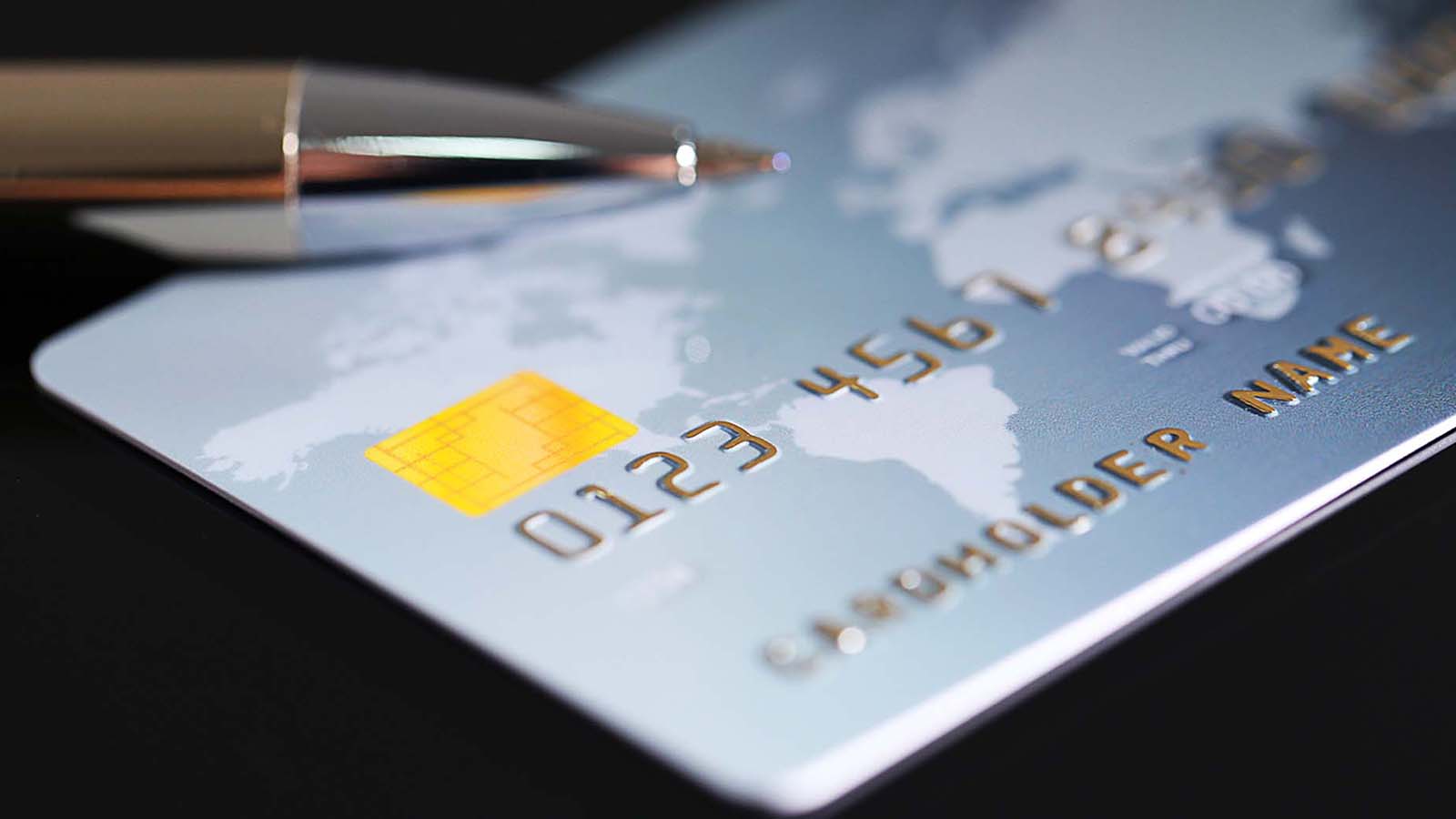Fight P-Card Fraud With These Ten Steps
Article
Purchasing cards are a convenient way to make low-cost purchases without a lengthy approval process. Here are 10 tips to help identify & prevent p-card fraud.
3 minute read
April 10, 2023
Partner, Dallas Assurance Leader and Partner-in-Charge, Public Sector Services
Never miss a thing.
Sign up to receive our insights newsletter.

Purchasing cards, or P-Cards, are a convenient way for your staff to make low-cost purchases without having to go through a lengthy approval process. Using P-Cards avoids the procurement and purchasing process and shortens the cycle from need to payment. But P-Cards also create opportunities for fraudulent activities. Here are ten tips to help identify and prevent P-Card fraud:
- Make sure you have access to Level 2 or Level 3 data. Contact your P-Card provider to gain access to these levels of data, which provide such information about purchases as item ID, item description, unit price, commodity code, tax indicator, destination address and purchase order number. If Level 2 or Level 3 data is not available, many vendors offer ways to look up purchases online by providing such basic information as order numbers or email addresses.
- Use data analytics. The data you receive from your P-Card provider can be evaluated in many different ways, and it may help you spot to line item details for trends such as split transactions, transactions outside of normal operating hours, frequent near limit transactions, high-spend employees and vendors and other unusual transactions.
- Examine receipts carefully. Be aware that there are many tools that are widely used and on the web that make altering receipts or creating fake receipts much easier, and as more and more of these records are submitted and maintained electronically, these tools are even easier to use.
- Pay close attention to which vendors being used. This is especially important if tight controls around MCC codes have not been put in place.
- Be aware that employees could attach their p-card to their personal accounts online. For example, tolls might be an allowable and reimbursable expense for an employee, but all of the tolls an employee incurs might not be for business purposes. Because of this, a P-Card should not be set up as the direct payment method for a toll tag on a personal vehicle.
- Pay attention to missing receipts. Verify those transactions against Level 2 or Level 3 data. If certain employees frequently lose or misplace receipts, be aware of these trends.
- Look for non-itemized receipts. There may be a reason the details were left off, but verify those transactions against Level 2 or Level 3 data.
- Look for receipts that are not standard for the vendor. If logos, pictures, addresses or other contact information you would expect to see are missing, consider if it might be an altered or fake receipt.
- Review all transactions, even those made at the highest levels of management. No one in your organization should be exempt from internal controls.
- Set up a tip line if you don’t already have one. Tips are the most successful method of uncovering fraud. If you do not already have a fraud hotline or online reporting system, consider investing in one.
With the right controls in place, you should be able to reap the benefits of P-Cards and reduce the incidence of fraud and abuse in your organization. For more information, contact us. We are here to help.
Authored by Claire Wootton, CPA.
© 2023
